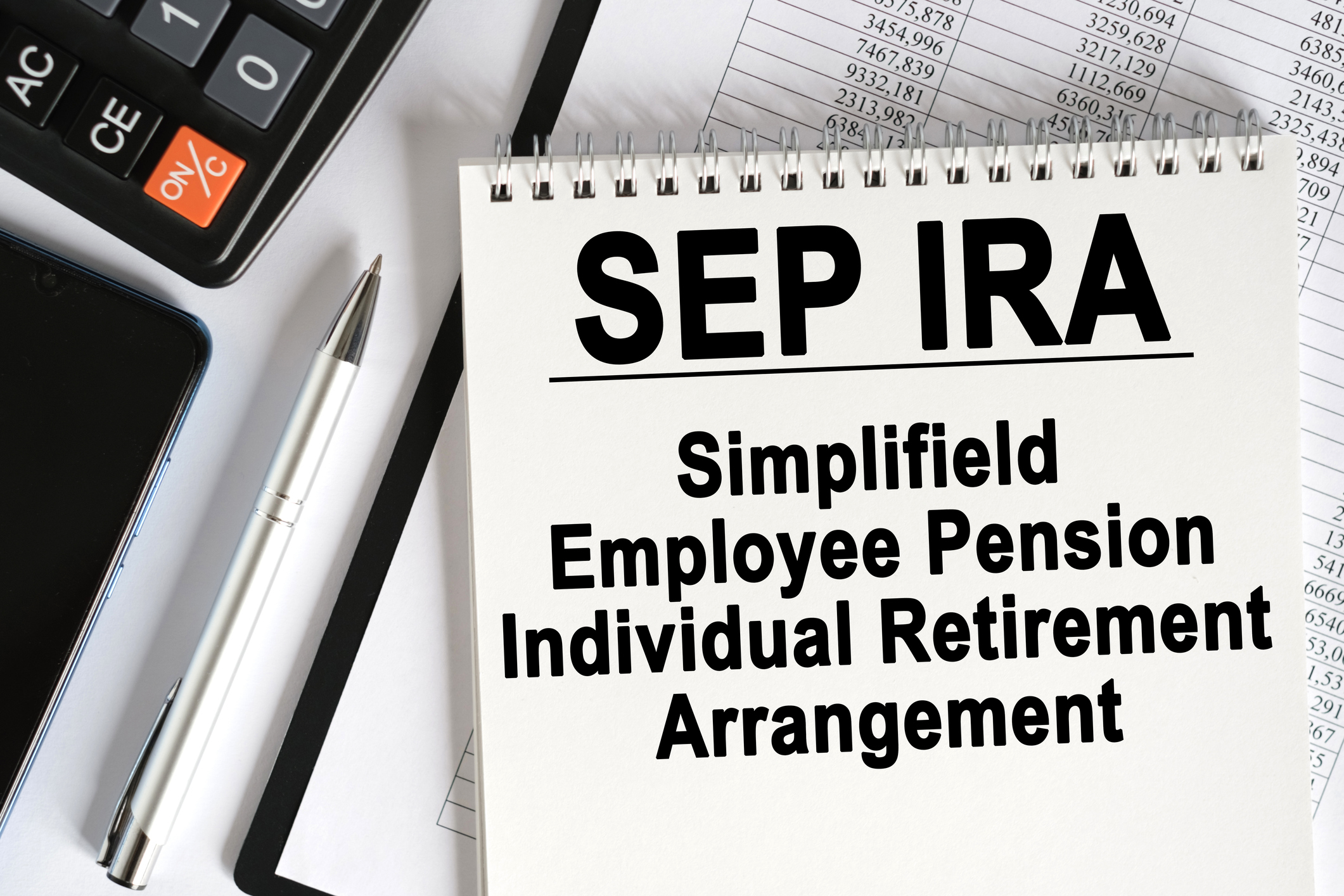Lawmakers Want to Help You Save More in Your 401(k)
Legislation to encourage retirement savings is on deck in Congress, but critics says it’s nowhere near ambitious enough.


There’s not much that Republicans and Democrats in Congress agree on, but when it comes to retirement, members of both parties acknowledge that a lot of Americans aren’t saving enough. The problem is particularly acute for the 55 million workers who don’t have a 401(k) or other retirement plan through their job, which makes them far less likely to save.
Now Congress is considering legislation—the Retirement Enhancement and Savings Act of 2018—to encourage employers to offer more retirement savings options, while making it easier for workers to save more. Among the key proposals, the legislation would remove obstacles that have made it cumbersome and costly for small employers to band together to create a retirement multiple employer plan (MEP), says benefits lawyer Brian Pinheiro. With an MEP, small employers can slash recordkeeping and investment costs.
Few employers now offer annuities—which can guarantee income for your lifetime—in a 401(k). But the legislation would encourage employers to do so by adding protections in case employees sue—say, because an annuity charges high fees or the insurer providing an annuity goes out of business. High fees have been a problem with annuities in nonprofit 403(b) plans, and the legislation would keep the requirement that employers research fees and the financial soundness of the insurer before adding annuities to a 401(k). Also, the legislation would require 401(k)s and similar plans to inform workers annually how much monthly income their account balance could generate for life, based on a model to be created by the Labor Department. (For more on how to use your retirement savings to generate guaranteed income, see Make Your Money Last.) Finally, the legislation would allow workers to continue contributing to a traditional IRA after age 70½. You would still have to take required minimum distributions at that age, says Nicole Kaeding, director of special projects at the Tax Foundation.
From just $107.88 $24.99 for Kiplinger Personal Finance
Become a smarter, better informed investor. Subscribe from just $107.88 $24.99, plus get up to 4 Special Issues

Sign up for Kiplinger’s Free Newsletters
Profit and prosper with the best of expert advice on investing, taxes, retirement, personal finance and more - straight to your e-mail.
Profit and prosper with the best of expert advice - straight to your e-mail.
But even if all these proposals pass, they don’t go far enough, retirement experts say. “We have half the population without coverage, and that needs to be fixed,” says Alicia H. Munnell, director of the Center for Retirement Research at Boston College. “These steps, while good and positive steps, are not going to do very much in that area.”
States step up. Meanwhile, some states are creating retirement plans for private-sector workers who don’t have access to a plan through their job. Oregon was the first—it started with a pilot last year and is gradually rolling it out. Called OregonSaves, it requires employers without a retirement plan to enroll employees automatically through payroll deduction into a Roth IRA. Initially, 5% of workers’ pay is directed into the Roth, with contributions gradually increasing over time to 10% a year. Workers can reduce the amount or opt out. So far, nearly three-fourths have stayed in. Illinois launched a similar pilot program in May, and California’s pilot is expected to begin payroll deductions in early 2019.
If you haven’t saved enough for retirement, you don’t have to wait for Congress or your state to act. You can contribute up to $5,500 ($6,500 if age 50 or older) in 2018 to a traditional or Roth IRA. Self-employed workers can salt away even more in a SEP IRA.
Profit and prosper with the best of Kiplinger's advice on investing, taxes, retirement, personal finance and much more. Delivered daily. Enter your email in the box and click Sign Me Up.

-
 Santa Claus Rally at Risk as Tech Stocks Slump: Stock Market Today
Santa Claus Rally at Risk as Tech Stocks Slump: Stock Market TodayThe Nasdaq Composite and Dow Jones Industrial Average led today's declines as investors took profits on high-flying tech stocks.
-
 7 Ways to Save Money on Almost Everything
7 Ways to Save Money on Almost EverythingHigh prices got you down? These strategies can help you reap deep discounts on everyday spending.
-
 My Top 10 Stock Picks for 2026
My Top 10 Stock Picks for 2026Each year, we ask an expert to pick 10 stocks that have the potential to beat the market over the next 12 months. Here are his choices for 2026.
-
 9 Types of Insurance You Probably Don't Need
9 Types of Insurance You Probably Don't NeedFinancial Planning If you're paying for these types of insurance, you may be wasting your money. Here's what you need to know.
-
 Amazon Resale: Where Amazon Prime Returns Become Your Online Bargains
Amazon Resale: Where Amazon Prime Returns Become Your Online BargainsFeature Amazon Resale products may have some imperfections, but that often leads to wildly discounted prices.
-
 457 Plan Contribution Limits for 2026
457 Plan Contribution Limits for 2026Retirement plans There are higher 457 plan contribution limits in 2026. That's good news for state and local government employees.
-
 Medicare Basics: 12 Things You Need to Know
Medicare Basics: 12 Things You Need to KnowMedicare There's Medicare Part A, Part B, Part D, Medigap plans, Medicare Advantage plans and so on. We sort out the confusion about signing up for Medicare — and much more.
-
 The Seven Worst Assets to Leave Your Kids or Grandkids
The Seven Worst Assets to Leave Your Kids or Grandkidsinheritance Leaving these assets to your loved ones may be more trouble than it’s worth. Here's how to avoid adding to their grief after you're gone.
-
 SEP IRA Contribution Limits for 2026
SEP IRA Contribution Limits for 2026SEP IRA A good option for small business owners, SEP IRAs allow individual annual contributions of as much as $70,000 in 2025, and up to $72,000 in 2026.
-
 Roth IRA Contribution Limits for 2026
Roth IRA Contribution Limits for 2026Roth IRAs Roth IRAs allow you to save for retirement with after-tax dollars while you're working, and then withdraw those contributions and earnings tax-free when you retire. Here's a look at 2026 limits and income-based phaseouts.
-
 SIMPLE IRA Contribution Limits for 2026
SIMPLE IRA Contribution Limits for 2026simple IRA For 2026, the SIMPLE IRA contribution limit rises to $17,000, with a $4,000 catch-up for those 50 and over, totaling $21,000.